Home>diy>Building & Construction>How To Become A Construction Sign Holder
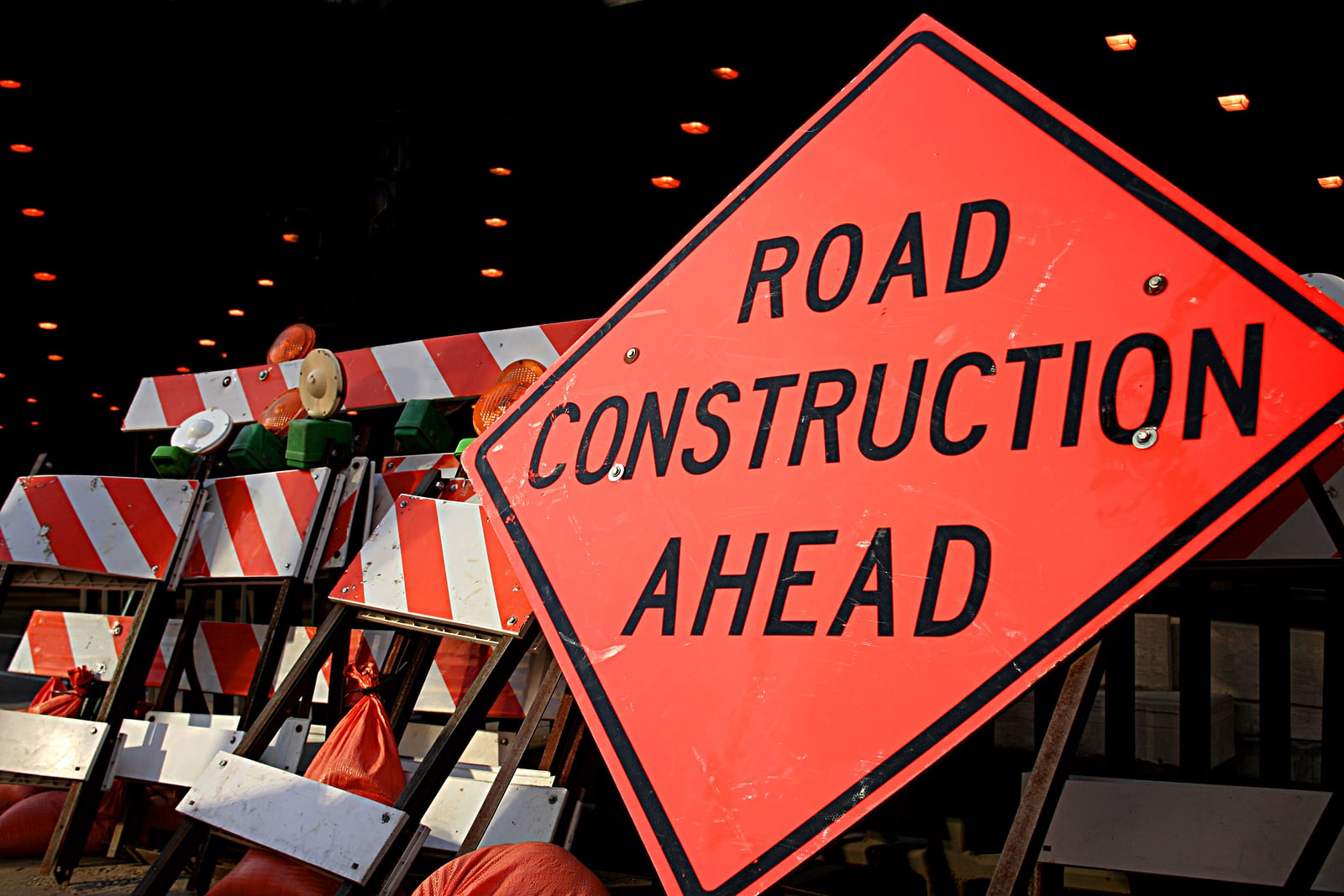

Building & Construction
How To Become A Construction Sign Holder
Modified: September 1, 2024
Learn how to become a construction sign holder in the building construction industry. Gain the skills and knowledge needed to excel in this important role.
(Many of the links in this article redirect to a specific reviewed product. Your purchase of these products through affiliate links helps to generate commission for Storables.com, at no extra cost. Learn more)
Introduction
Construction sites are busy and potentially hazardous environments. In order to ensure the safety of both workers and the general public, construction signs play a vital role in communicating important information and warnings. And who is responsible for holding these signs? That’s where the construction sign holder comes in.
A construction sign holder, also known as a flagger, is an essential part of the construction team. Their main responsibility is to control traffic and direct pedestrians and vehicles in and around construction sites. This seemingly simple task requires a combination of skills, knowledge, and qualifications.
In this article, we will delve into the world of construction sign holders, exploring their role, qualifications, safety guidelines, equipment used, and effective sign holding techniques. Whether you are considering a career as a construction sign holder or simply want to learn more about their important role, this article will provide you with valuable insights.
Key Takeaways:
- Construction sign holders play a crucial role in maintaining safety and efficiency on construction sites by controlling traffic, communicating effectively, and collaborating with construction workers.
- Professionalism, adherence to safety guidelines, and effective communication are essential for construction sign holders to ensure the success of construction projects and the well-being of all involved.
Read more: How To Become A Journeyman Construction
Understanding the Role of a Construction Sign Holder
A construction sign holder plays a crucial role in ensuring the safety and efficiency of construction sites. They are responsible for managing the flow of traffic, directing vehicles and pedestrians, and effectively communicating with construction workers.
One of the primary responsibilities of a construction sign holder is to control traffic. This involves using hand signals, flags, and signs to guide vehicles safely around the construction site. They must have a thorough understanding of traffic laws and regulations to ensure a smooth and organized flow of vehicles.
In addition to traffic control, construction sign holders are also responsible for directing pedestrians. They must ensure that pedestrians are safely guided around the construction site and away from any potential hazards. This requires good communication skills and the ability to provide clear and concise instructions to pedestrians.
Furthermore, a construction sign holder serves as a crucial communication link between construction workers and the public. They relay important information about road closures, detours, and safety precautions to drivers and pedestrians. This helps to minimize confusion and keep everyone informed about the ongoing construction activities.
It is important for construction sign holders to remain alert and focused at all times. They need to be aware of their surroundings and able to quickly respond to changing traffic conditions. Being observant and quick-thinking is crucial to prevent accidents and keep the construction site safe for everyone.
Overall, the role of a construction sign holder goes beyond simply holding a sign. They are an integral part of the construction team, ensuring the smooth flow of traffic, protecting the safety of workers and the public, and maintaining effective communication on the construction site.
Requirements and Qualifications
Becoming a construction sign holder requires meeting certain requirements and possessing specific qualifications. While the exact requirements may vary depending on the location and employer, there are some common prerequisites to consider.
First and foremost, most construction sign holder positions require a minimum age requirement, typically 18 years or older. This is due to the nature of the job, which involves working in potentially hazardous environments and requiring a level of maturity and responsibility.
Another important qualification is a valid driver’s license. Since construction sign holders often work on roads and highways, they may need to drive to different work sites or operate company vehicles. Having a clean driving record is an advantage and may be required by certain employers.
A high school diploma or equivalent is generally required for construction sign holder positions. This ensures a basic level of education and demonstrates the ability to read, write, and follow instructions.
Furthermore, physical fitness is a key requirement for this role. Construction sign holders often need to stand for extended periods, sometimes in adverse weather conditions. They may also be required to move traffic cones or signs, which can require some physical strength.
Additionally, good communication skills are essential for construction sign holders. They need to be able to clearly and confidently communicate with both construction workers and the public. This includes giving directions and instructions, answering questions, and providing information about road closures or detours.
Some employers may also require candidates to undergo specific training or obtain certifications. These certifications may include flagger certification courses, which provide comprehensive training on traffic control and safety guidelines.
In summary, to become a construction sign holder, you will likely need to meet age requirements, possess a valid driver’s license, have at least a high school diploma, be physically fit, and have good communication skills. Obtaining relevant certifications may also be necessary depending on the employer’s requirements.
Obtaining the Necessary Certifications
Before taking on the role of a construction sign holder, it is important to acquire the necessary certifications to ensure competency and adherence to safety guidelines. These certifications not only enhance your skills but also demonstrate your commitment to professionalism in this field.
One of the most common certifications for construction sign holders is the flagger certification. This certification provides comprehensive training on traffic control techniques, road regulations, and safety protocols. It equips sign holders with the knowledge and skills needed to effectively manage traffic and communicate with drivers and pedestrians.
Flagger certification courses are typically offered by reputable organizations, such as the American Traffic Safety Services Association (ATSSA) or the National Work Zone Safety Information Clearinghouse. These courses cover topics such as proper sign placement, hand signaling, understanding traffic patterns, and emergency procedures.
To obtain your flagger certification, you will need to attend a training course, which can be completed either in-person or online. The course duration varies but usually ranges from a few hours to a full day. During the course, you will learn theoretical concepts through presentations and engaging activities. You may also have the opportunity to practice practical skills through simulations or role-playing scenarios.
At the end of the training, you will need to pass a written exam to demonstrate your understanding of the course material. The exam typically covers topics such as traffic control techniques, sign recognition, and safety protocols. Upon successful completion of the exam, you will receive your flagger certification.
It is worth noting that flagger certifications are usually valid for a specific period, typically three years. Therefore, it is important to stay updated with any renewal requirements to ensure your certification remains valid.
In addition to the flagger certification, there may be other certifications or training programs that are specific to your region or industry. For example, some construction projects may require additional certifications in occupational health and safety or specialized training in working with certain equipment.
By obtaining the necessary certifications, you demonstrate your commitment to safety, professionalism, and excellence in your role as a construction sign holder. These certifications not only enhance your skills but also provide a sense of trust and assurance to employers and the public.
Safety Guidelines and Protocols
As a construction sign holder, ensuring safety is of utmost importance. You play a critical role in maintaining a safe environment for both construction workers and the general public. By following established safety guidelines and protocols, you can help minimize accidents and prevent potential hazards.
One of the key safety guidelines is to always wear the appropriate personal protective equipment (PPE). This typically includes a high-visibility vest or jacket, hard hat, safety glasses, and sturdy footwear. These items help make you easily visible to drivers and protect you from potential hazards on the construction site.
Additionally, it is important to be mindful of your positioning while on duty. Position yourself in a clearly visible location, ensuring that you have a good view of traffic in all directions. This allows you to effectively communicate and control the flow of vehicles and pedestrians.
When directing traffic, use standardized hand signals and clear, concise verbal instructions. Keep your signals consistent and avoid ambiguous gestures. By using universally recognized signals, drivers can quickly and accurately understand your directions.
Another crucial safety guideline is to always remain focused and attentive while on duty. Avoid distractions such as talking on your phone or listening to music. Monitor traffic continuously and be ready to respond to any unexpected situations or emergencies.
It is also important to be aware of the specific hazards present on each construction site. Familiarize yourself with the site layout, potential blind spots, and any ongoing construction activities. This knowledge will help you anticipate and mitigate potential risks.
Furthermore, be prepared to adapt to changing conditions. Weather conditions, traffic patterns, and construction activities can change quickly, requiring you to adjust your traffic control methods accordingly. Stay informed of any updates or changes in road conditions and be proactive in your communication with drivers and pedestrians.
Lastly, always communicate with construction workers and follow their instructions. They may have valuable insights or specific instructions to ensure safety on the construction site. Maintain open lines of communication and collaborate closely with the construction team.
By diligently adhering to these safety guidelines and protocols, you contribute to creating a safe working environment for everyone involved in the construction project. Your commitment to safety ensures that traffic flows smoothly, reduces the risk of accidents, and promotes the overall success of the construction project.
Read more: How To Become A Construction Estimator
Equipment and Tools Used by Construction Sign Holders
Construction sign holders rely on various equipment and tools to effectively carry out their duties and ensure the safety of the construction site. Understanding and utilizing the right equipment is essential for performing tasks efficiently and maintaining a secure work environment.
One of the primary tools used by construction sign holders is a reflective and highly visible “STOP/SLOW” sign. This sign is pivotal in controlling the flow of traffic and signaling drivers to stop or proceed with caution. The sign typically features bright colors and reflective materials to maximize visibility, especially in low-light or adverse weather conditions.
Flagging paddles or hand-held stop/slow signs provide an additional means of directing traffic. These paddles generally have a red side with “STOP” and a yellow side with “SLOW” printed on them. By rotating the paddle or signaling with specific hand motions, construction sign holders can efficiently communicate with drivers without the need for large signs.
High-visibility clothing is another crucial piece of equipment for construction sign holders. Wearing a reflective vest or jacket helps ensure that they are easily visible to drivers, especially during daytime or nighttime operations. This enhances safety and reduces the risk of accidents caused by poor visibility.
Cones and barriers are also commonly used by construction sign holders to create a physical barrier between traffic and the construction zone. These cones and barriers help to guide vehicles safely around the construction site while preventing unauthorized access. They serve as a visual reminder to drivers to proceed with caution.
In addition to these primary tools, construction sign holders may utilize accessories such as safety gloves and sturdy footwear to protect themselves while on duty. Safety gloves provide extra grip for handling equipment and aid in ensuring a secure and tight grip on signs or paddles. Sturdy footwear, such as steel-toed boots, offers protection in the event of accidental trips or falls.
Depending on specific job requirements, construction sign holders may also use portable two-way radios or portable traffic control devices. Two-way radios enable communication with construction workers and supervisors, facilitating seamless coordination between the sign holder and other team members. Portable traffic control devices, like electronic message boards, can help convey important information to drivers and pedestrians.
By utilizing these equipment and tools effectively, construction sign holders can maintain a high level of traffic control and ensure the safety of all individuals on the construction site. Proper equipment usage not only enhances communication with drivers but also minimizes the risk of accidents and creates a secure work environment.
Always wear high visibility clothing and a hard hat while holding a construction sign. This will help ensure your safety and make you easily visible to passing vehicles.
Proper Sign Holding Techniques
Effective sign holding techniques are crucial for construction sign holders to convey clear and concise messages to drivers and pedestrians. By utilizing proper techniques, sign holders can effectively control traffic flow and minimize confusion on the construction site. Here are some essential techniques to follow:
- Hold the sign at eye level: Position the sign at a height that allows drivers to easily see it. Holding the sign at eye level ensures maximum visibility and helps drivers quickly understand your instructions.
- Maintain a steady posture: Stand in an upright and confident posture. This conveys professionalism and helps you remain visible and noticeable to drivers. Avoid slouching or leaning on the sign, as it can give the impression of uncertainty.
- Use smooth and deliberate movements: When changing positions or giving instructions with the sign, make deliberate movements that are easy for drivers to interpret. Avoid sudden or jerky motions, as they can confuse drivers and potentially lead to accidents.
- Keep the sign upright and visible: Ensure that the entire sign is visible to approaching drivers. Hold the sign upright and parallel to the ground, with the text facing the intended audience. This helps drivers see the message clearly, even from a distance.
- Use proper hand signals: Hand signals play a crucial role in traffic control. Familiarize yourself with the standardized hand signals used in your region or country. Use these signals confidently and consistently to direct drivers and pedestrians.
- Make eye contact: Whenever possible, make eye contact with drivers before giving them instructions. This helps establish a connection and ensures that they are aware of your presence and instructions.
- Communicate with facial expressions: Your facial expressions can enhance your communication efforts. Use a friendly and approachable expression to create a positive interaction with drivers. This can help alleviate any potential tensions or frustrations.
- Be alert and focused: Pay close attention to traffic patterns and be prepared to adapt your sign holding techniques accordingly. Stay vigilant for any potential hazards or unsafe conditions and adjust your positioning as necessary.
- Be patient and calm: In challenging situations, it is essential to remain composed and patient. Avoid getting frustrated or displaying aggressive behavior. Calmly and confidently direct traffic, ensuring the safety of everyone involved.
By employing these proper sign holding techniques, construction sign holders can effectively communicate with drivers and maintain a safe and organized traffic flow. Remember, consistent and clear communication is key to ensuring the smooth operation of the construction site and the safety of all individuals involved.
Tips for Effective Communication with Construction Workers
Effective communication with construction workers is essential for construction sign holders to perform their duties efficiently and ensure the safety of the entire team. Here are some tips to enhance communication with construction workers:
- Establish clear lines of communication: Ensure that you have a designated method of communication with the construction workers, whether it’s through two-way radios, hand signals, or verbal communication. Establishing clear channels of communication allows for quick and effective exchanges of information.
- Be familiar with construction terminology: Familiarize yourself with common construction terms and phrases. This will help you better understand instructions from the construction workers and enable you to communicate more effectively with them.
- Listen actively: Pay attention to instructions given by the construction workers and actively listen to their concerns or suggestions. By demonstrating active listening skills, you show respect and build rapport with the construction team.
- Ask for clarification if needed: If you are unsure about any instruction or request from the construction workers, don’t hesitate to ask for clarification. Seek clarification promptly to ensure you carry out the task correctly and safely.
- Provide regular updates: Keep the construction workers informed about any changes in traffic conditions, road closures, or safety updates. Regularly update them on your observations and relay any important information that may affect their work or safety.
- Use clear and concise language: Keep your communication with construction workers concise and to the point. Use simple and clear language to convey your message effectively. Avoid using jargon or technical terms that may be unfamiliar to them.
- Use non-verbal cues: Non-verbal cues, such as gestures and facial expressions, can enhance your communication with construction workers. Use hand signals or visual cues to supplement your verbal instructions and ensure understanding.
- Be respectful and professional: Maintain a professional demeanor when communicating with construction workers. Treat them with respect and professionalism, even in high-stress situations. Building a positive relationship with the construction team fosters effective communication and cooperation.
- Offer assistance when possible: If the situation permits, offer assistance to the construction workers when needed. Collaboration and teamwork contribute to a safe and efficient work environment.
By implementing these tips, you can establish effective communication with construction workers, foster collaboration, and create a cohesive working environment. Good communication ensures that everyone is well-informed, reduces the risk of accidents, and promotes a successful construction project.
Dealing with Challenging Situations
As a construction sign holder, you may encounter challenging situations while on the job. It is important to handle these situations calmly and efficiently to ensure the safety of the construction site and everyone involved. Here are some tips for dealing with challenging situations:
- Stay calm and composed: In challenging situations, it is crucial to remain calm and composed. Keep your emotions in check and focus on resolving the situation in a professional manner.
- Assess the situation: Take a moment to assess the situation and understand its nature and potential risks. Assessing the situation allows you to develop an appropriate response and take necessary precautions.
- Seek assistance if needed: If the situation is beyond your control or expertise, do not hesitate to seek assistance from the construction team, supervisors, or relevant authorities. They can provide guidance and support in managing the situation effectively.
- Follow established protocols: Ensure that you are familiar with the protocols and procedures in place for challenging situations. This may include protocols for road closures, traffic diversions, or emergency response. Following established protocols helps maintain order and ensures a coordinated and safe response.
- Communicate clearly and assertively: In challenging situations, it is essential to communicate your instructions and concerns clearly and assertively. Use confident and decisive language to convey your instructions, ensuring that they are understood by all parties involved.
- Prioritize safety: The safety of yourself, construction workers, and the public should always be the top priority. Make decisions and take actions that prioritize the safety of everyone involved. Do not compromise safety for the sake of expediency or convenience.
- Keep a professional demeanor: Maintain a professional attitude and demeanor when dealing with difficult situations. Displaying professionalism helps diffuse tension and promotes effective communication and problem-solving.
- Document the situation: If the situation warrants it, document any relevant information, such as the incident details, time, and parties involved. Accurate documentation can be useful for subsequent reviews, reports, or legal purposes.
- Report the incident: After resolving the situation or when appropriate, report the incident to relevant authorities or your supervisor. Reporting ensures that appropriate actions can be taken to prevent similar situations in the future.
Remember, dealing with challenging situations is an inherent part of being a construction sign holder. By staying calm, following protocols, communicating effectively, and prioritizing safety, you can effectively address and resolve challenging situations, maintaining a safe environment for all.
Read more: How To Become A Construction Lawyer
Maintaining Professionalism on the Job
As a construction sign holder, maintaining professionalism is crucial to performing your role effectively and ensuring a safe and productive work environment. Professionalism sets the tone for your interactions with the public, construction workers, and other stakeholders. Here are some tips for maintaining professionalism on the job:
- Adhere to dress code and appearance expectations: Wear the appropriate uniform or attire specified by your employer. Ensure that your clothing is clean and in good condition. Following the dress code helps convey professionalism and respect for your role.
- Be punctual and reliable: Arrive at your designated work site on time and ready to start your shift. Punctuality demonstrates your commitment to the job and sets a positive example for others.
- Display a positive attitude: Maintain a positive and approachable demeanor while on the job. A positive attitude helps create a pleasant working environment and fosters effective communication and teamwork.
- Communicate professionally: Use clear and respectful language when communicating with construction workers, supervisors, and members of the public. Avoid using inappropriate or offensive language that may be disrespectful or unprofessional.
- Follow safety guidelines: Adhere to safety protocols and guidelines at all times. This includes wearing the necessary personal protective equipment, using proper lifting techniques, and following safety procedures in hazardous situations.
- Respect confidentiality: Respect the confidentiality of sensitive information you may come across while on the job. Avoid discussing or sharing confidential information about the construction project, workers, or clients.
- Handle conflicts professionally: If conflicts or disagreements arise, address them professionally and calmly. Seek resolution through open and respectful communication rather than resorting to confrontational or aggressive behavior.
- Maintain a tidy work area: Keep your work area and equipment clean and organized. A tidy work area promotes efficiency and demonstrates your commitment to professionalism and attention to detail.
- Continuously improve your skills: Stay updated on industry best practices, new technologies, and safety regulations. Seek opportunities for professional development and training to enhance your skills and stay current in your field.
- Respect diversity and inclusion: Treat everyone with respect and dignity, regardless of their background, race, gender, or beliefs. Embrace diversity and recognize the value that different perspectives bring to the construction site.
By consistently displaying professionalism in your conduct, language, and appearance, you create a positive impression and contribute to a harmonious and safe work environment. Professionalism enhances your credibility and fosters trust among your colleagues and the public, ultimately leading to better outcomes for the construction project.
Conclusion
Being a construction sign holder is more than just standing on the side of the road with a sign. It is a vital role that requires a combination of skills, knowledge, and professionalism to ensure the safety and efficiency of construction sites. Throughout this article, we have discussed various aspects of the construction sign holder’s role, including understanding their responsibilities, meeting the requirements and qualifications, obtaining necessary certifications, following safety guidelines, using proper equipment, employing effective sign holding techniques, communicating with construction workers, dealing with challenging situations, and maintaining professionalism on the job.
Construction sign holders play a crucial part in maintaining order and safety on construction sites. Their ability to effectively control traffic, communicate with drivers and pedestrians, and collaborate with construction workers is essential for the success of any construction project. By adhering to safety guidelines, utilizing the right equipment, and practicing proper sign holding techniques, sign holders can ensure clear and effective communication, minimize accidents, and create a secure work environment.
Maintaining professionalism is equally important for construction sign holders. Professionalism not only sets the tone for interactions with colleagues and the public but also reinforces a commitment to safety, reliability, and excellence in the role. By displaying a positive attitude, adhering to dress codes, communicating respectfully, and continuously improving skills, sign holders can reinforce professionalism and contribute to a positive working atmosphere.
In conclusion, being a construction sign holder is a vital part of the construction industry. It requires a combination of technical skills, knowledge, and professionalism to effectively control traffic, ensure safety, and facilitate communication on construction sites. By following the guidelines and tips provided in this article, construction sign holders can contribute to the success of construction projects, protect the well-being of workers and the public, and leave a lasting impact on the industry.
Frequently Asked Questions about How To Become A Construction Sign Holder
Was this page helpful?
At Storables.com, we guarantee accurate and reliable information. Our content, validated by Expert Board Contributors, is crafted following stringent Editorial Policies. We're committed to providing you with well-researched, expert-backed insights for all your informational needs.
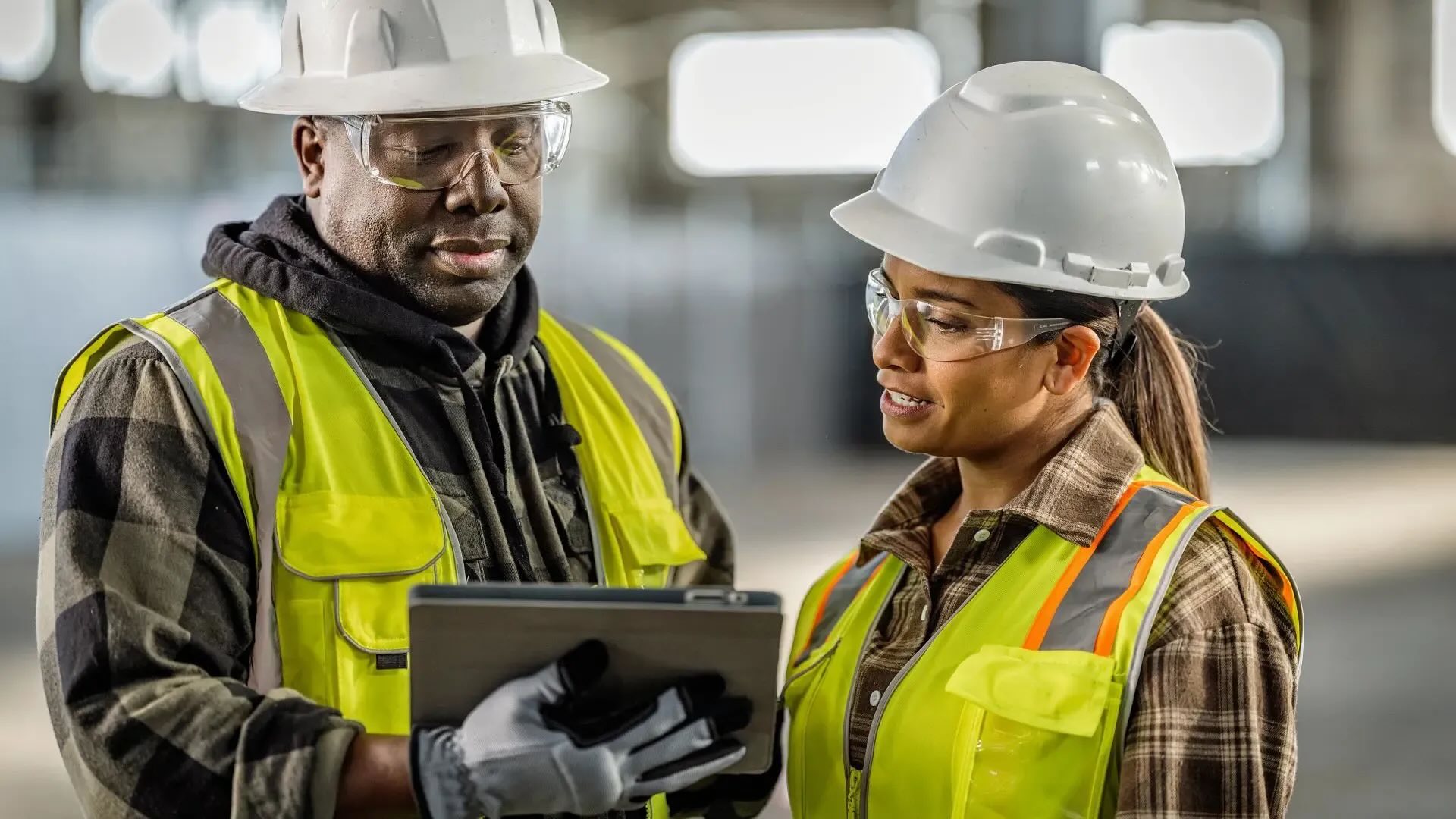
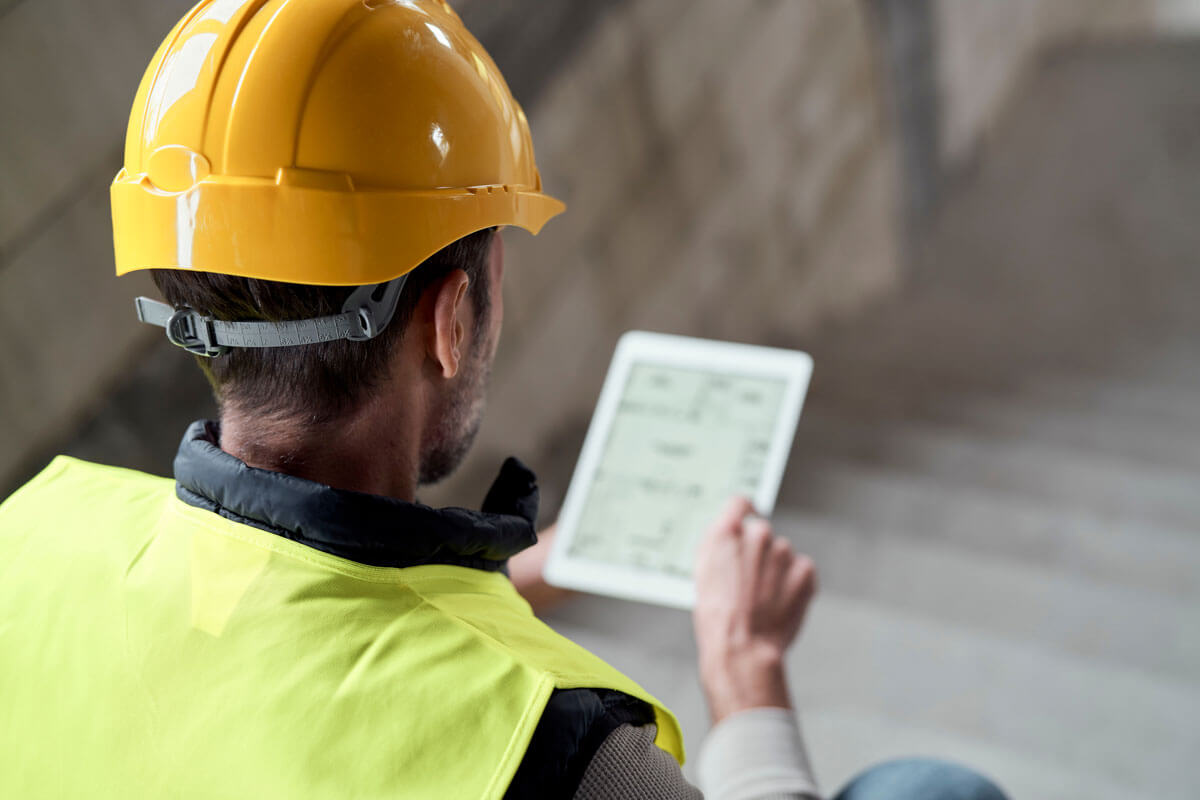
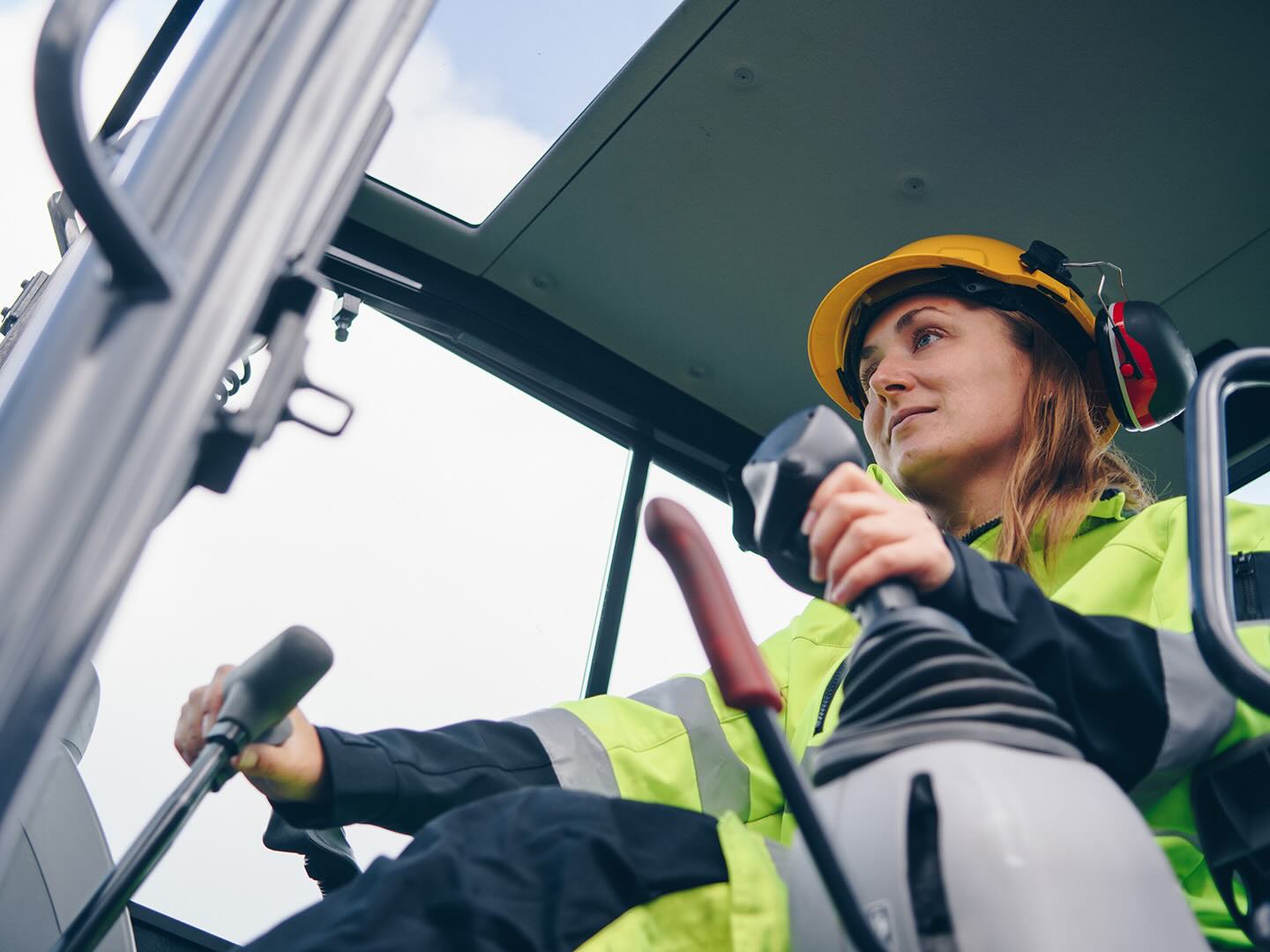
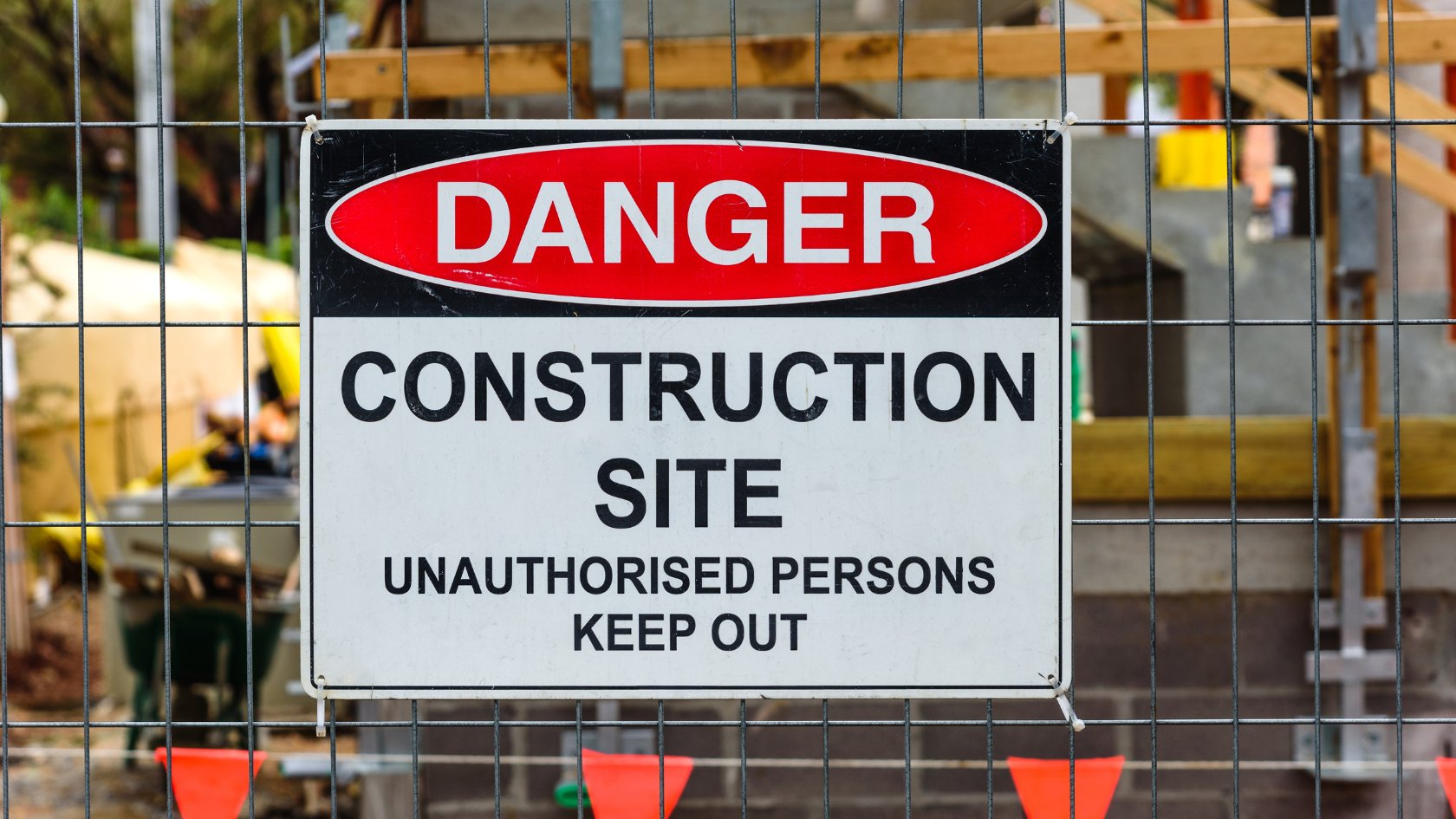
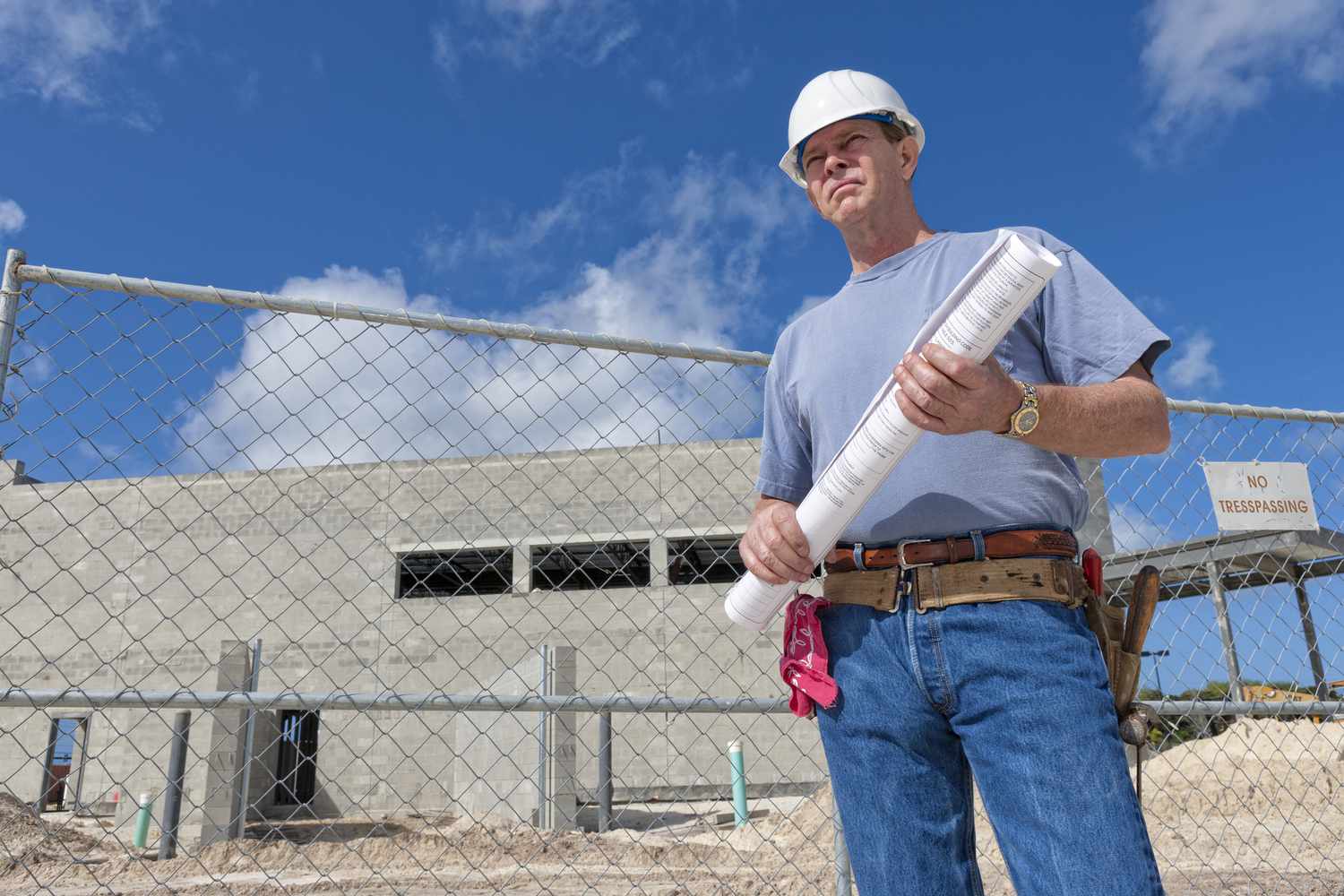



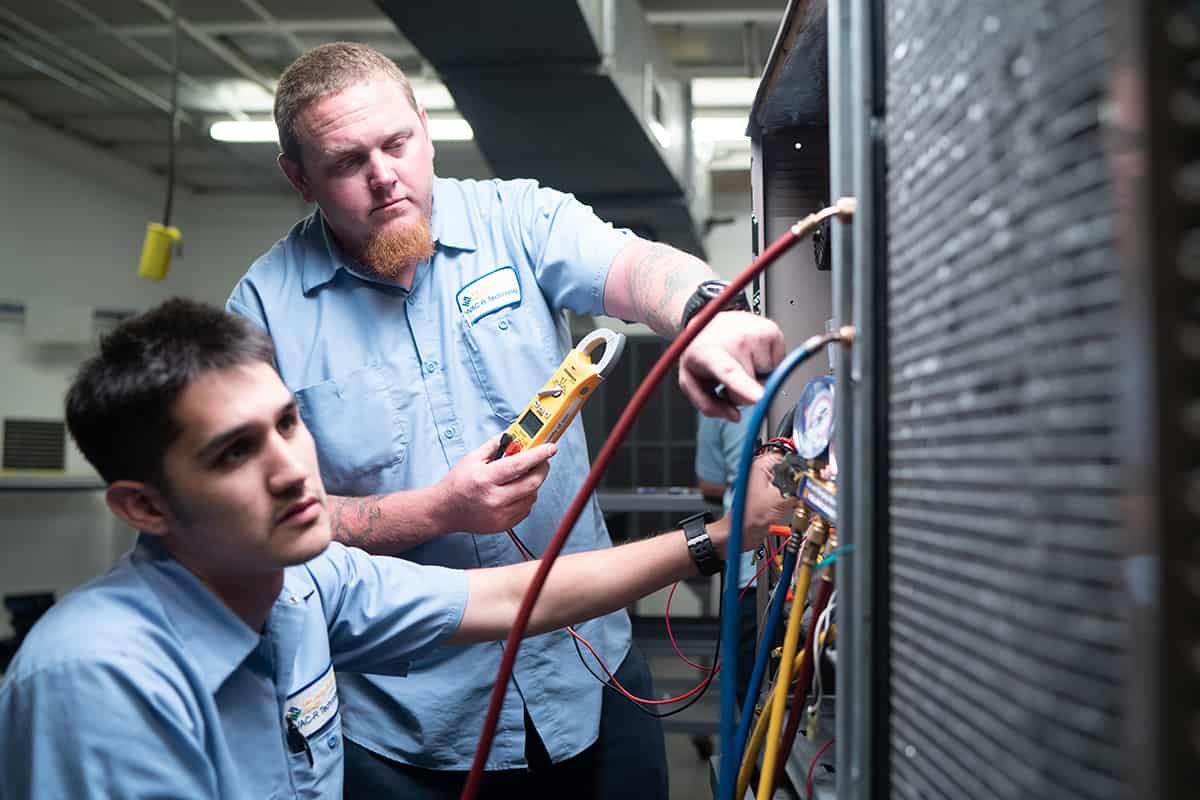


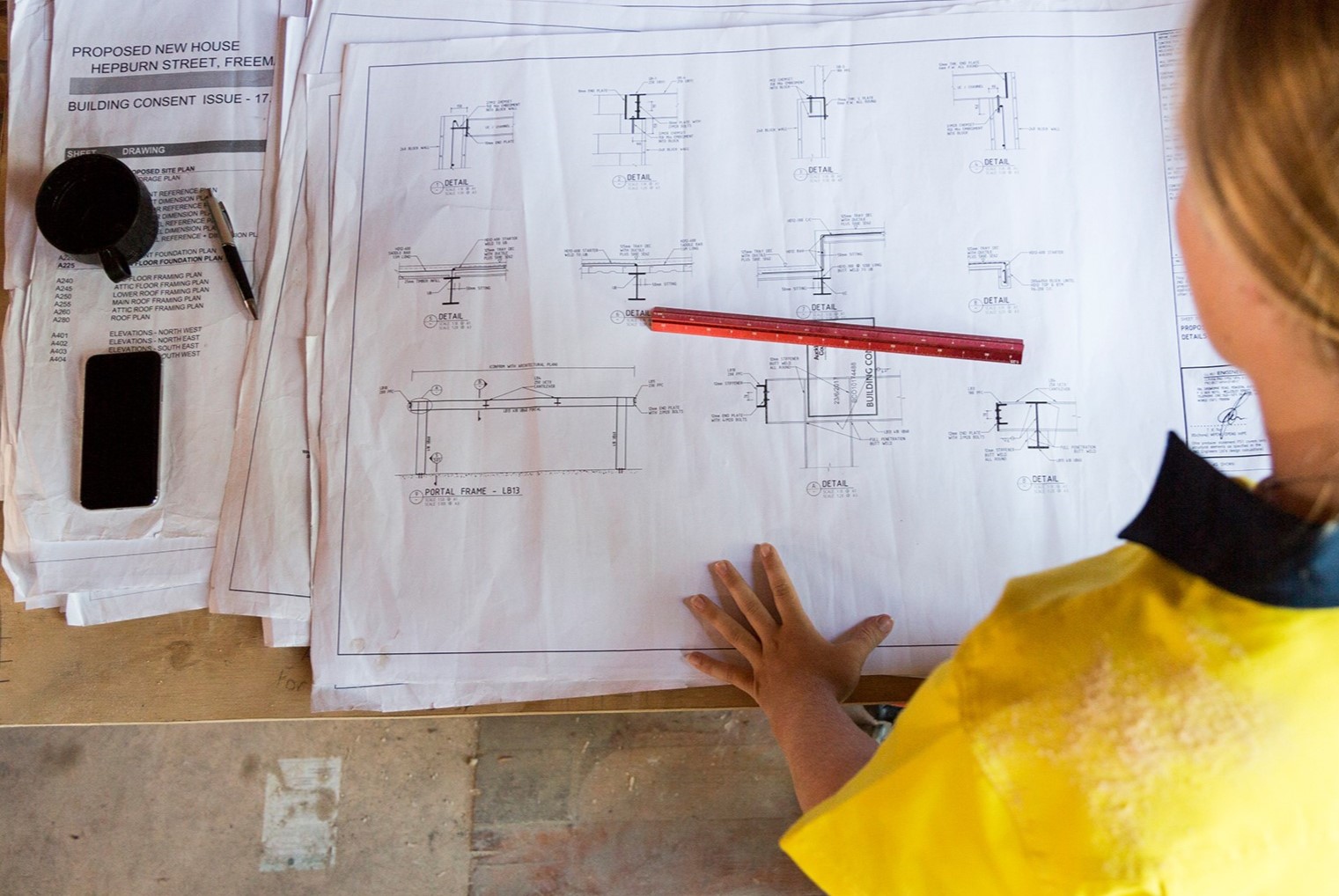


0 thoughts on “How To Become A Construction Sign Holder”